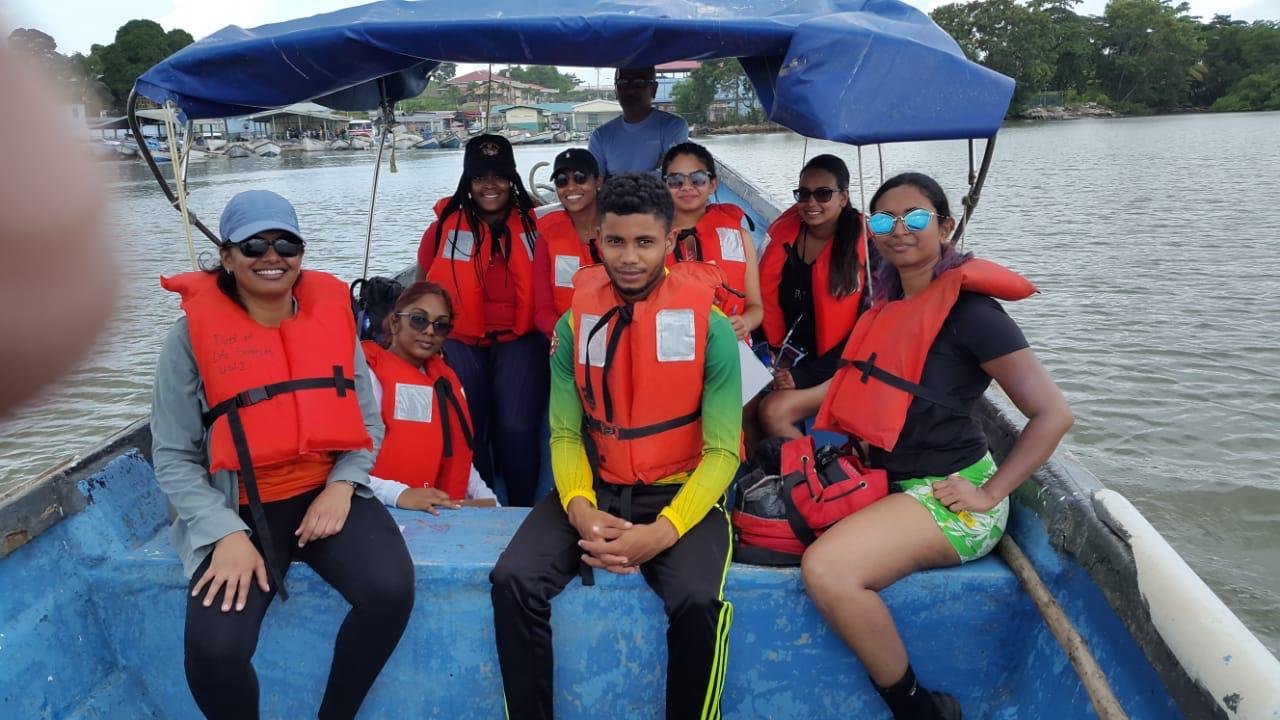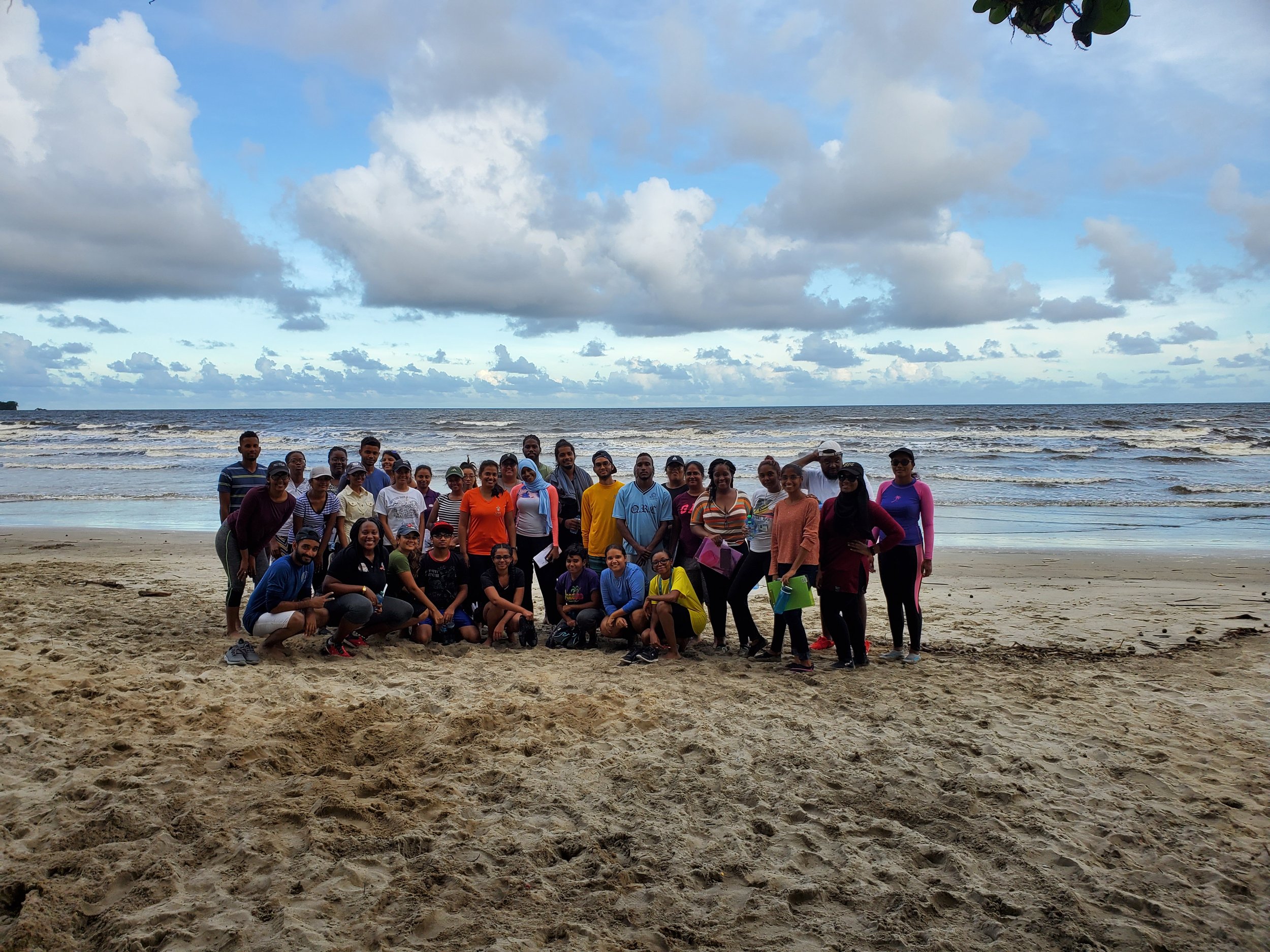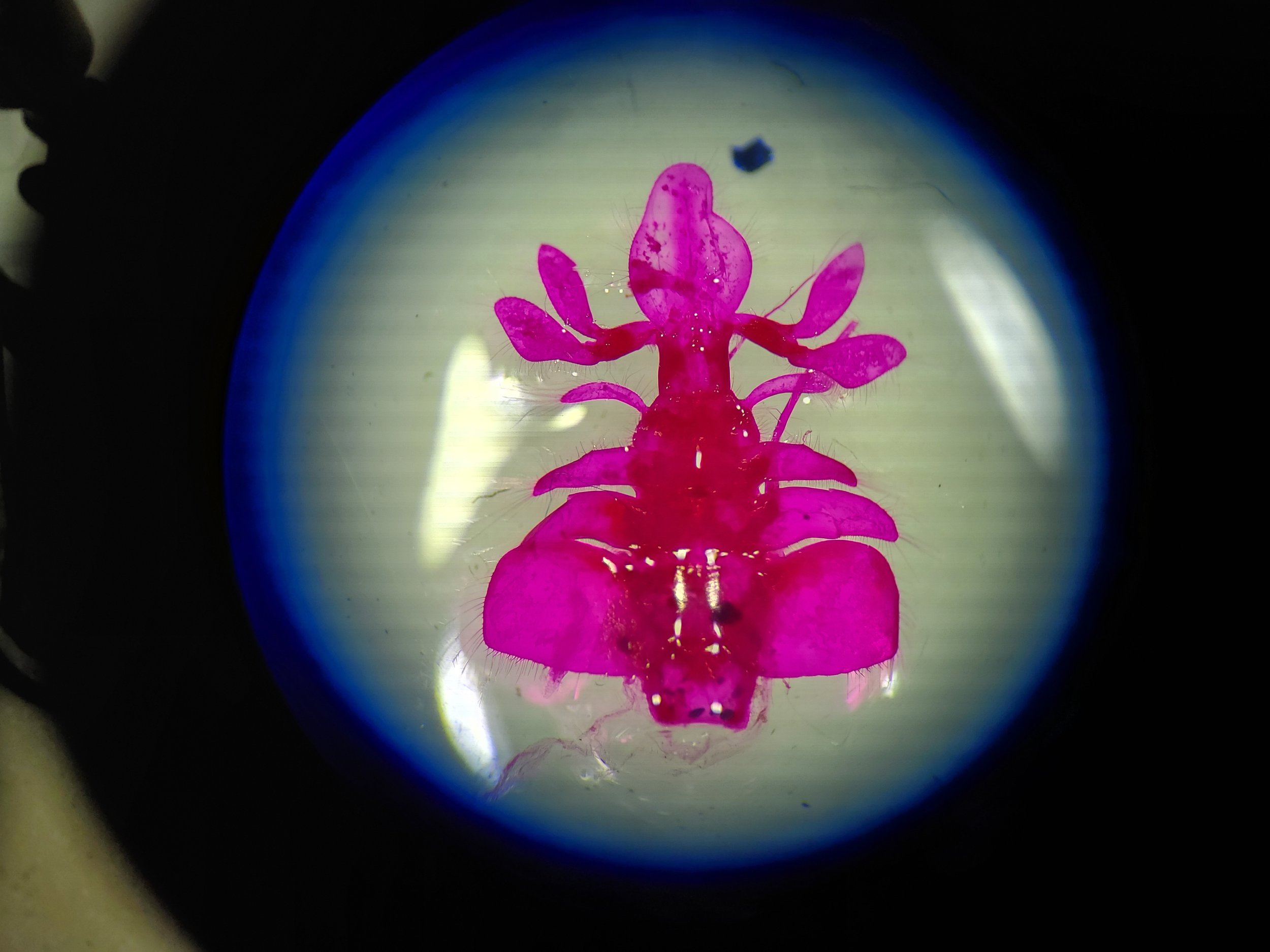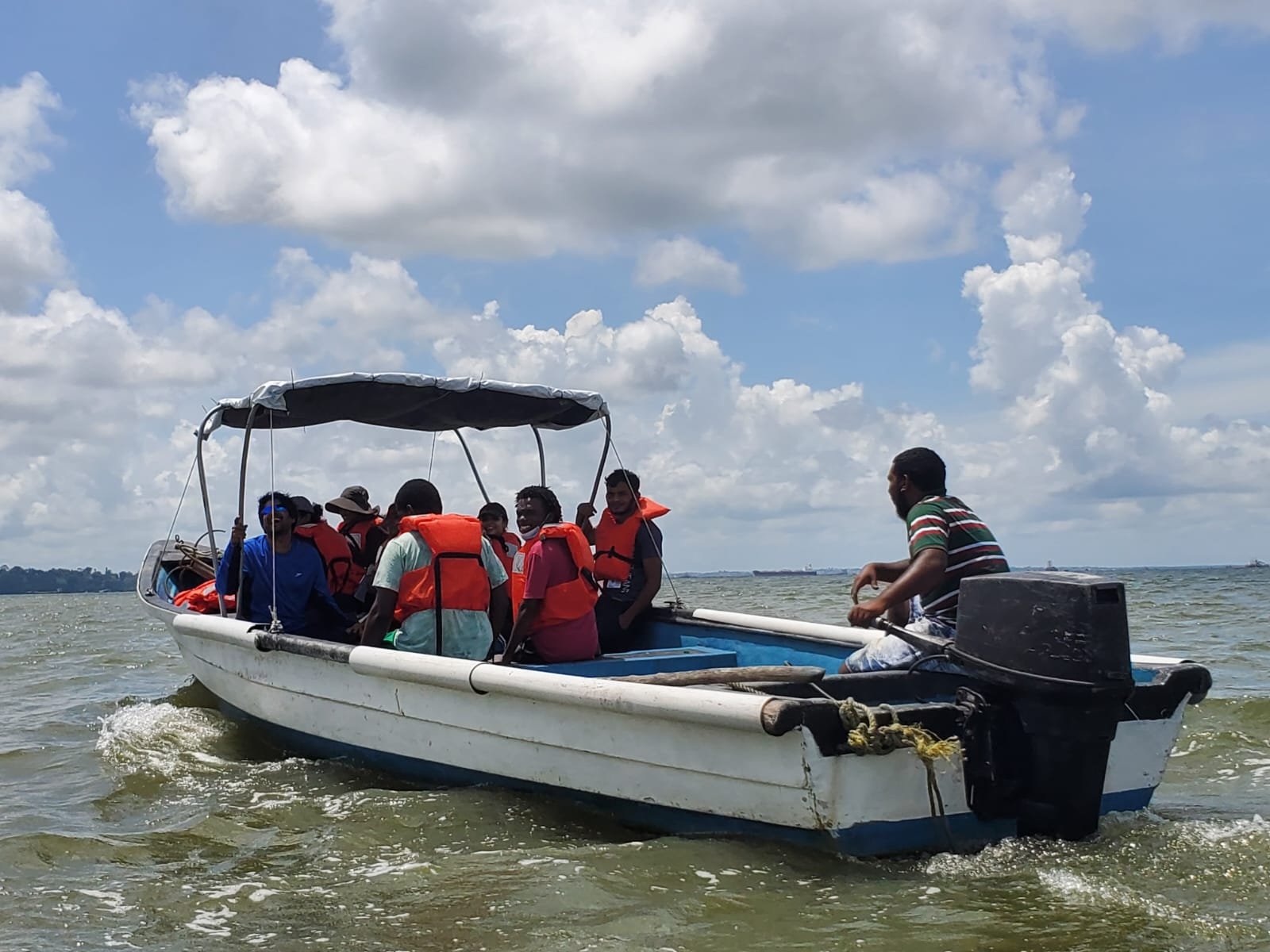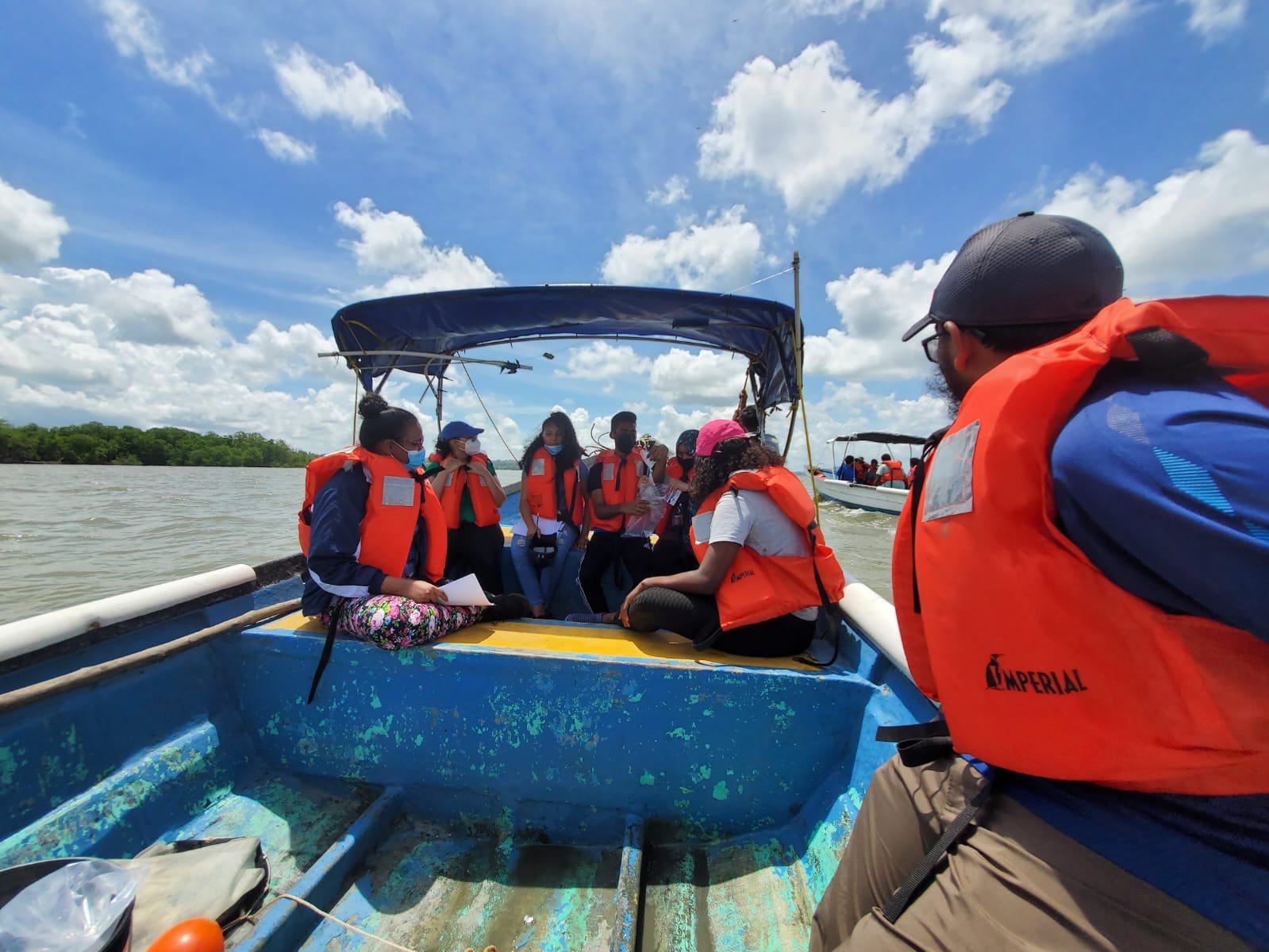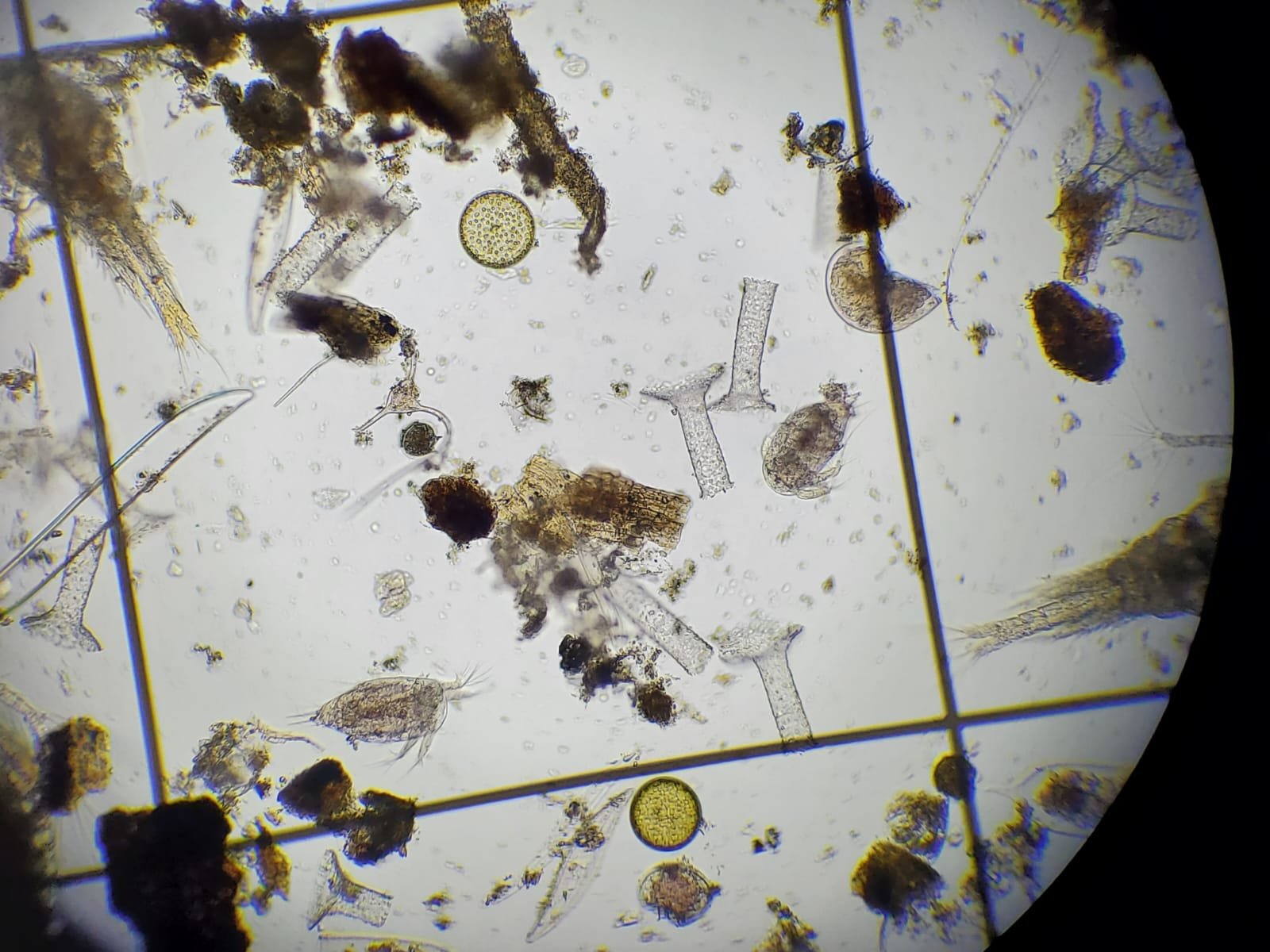Effective Teaching
ESST 3102: Environmental Impact Assessment
When I initially began teaching ESST 3102 in January 2019, I delivered the course as it had been designed. At that time, the 3-credit course had a weighting of 50% coursework and 50% final exam. One component of the coursework involved students having to submit an EIA report that was worth 30% of their final grade. In semester 2 of the 2018/2019 academic year, students provided feedback on that EIA report in the end-of-semester course evaluations and indicated the following:
The final project was significant but not significantly weighted (2019)
The EIA report was too much work to be done when combined with work from other courses, it became too much as the semester's end drew near (2019)
An EIA report is too heavy for one person to do with the given time with consideration of other core courses. It is also underweighted for the amount of work put into the Report (2019)
The EIA we had to develop was very hard, the volume of work seemed more suited to a course in a Masters degree program (2019)
As an educator, when the strategy that I’m using is not working, I go back to the ‘drawing board’, I rethink my approach and I am prompted to redesign.
During the 2019/2020 academic year, I decided to utilize a scaffolding approach. Instead of expecting students to produce a final report worth 30% of their final grade, I redesigned that aspect of the coursework. As such, I utilized a simulated case study. I asked students to imagine that there was an international company called ‘Green Island Resorts’ and that this company intended to construct a world class hotel in southwest Tobago. I then designed 4 laboratory exercises (each worth 7.5%), whereby the student took on different roles in the Certificate of Environmental Clearance (CEC) process and learnt about different aspects of EIA reports.
In lab 1, students were asked to imagine that they were employees of ‘Green Island Resorts’. For this session, students immersed themselves in the role of the ‘developers’ or ‘proponents of development’. They thought about the rationale for development, the objectives of the development, the activities that the developer must engage in during pre-construction, construction and post-construction. During lectures, the students were introduced to the relevant pieces of primary and subsidiary legislation that are relevant to the CEC process in Trinidad and Tobago. In this first lab, students examined the CEC Designated Activities Order as well as the CEC application form. In lab 2, students immersed themselves in the role of employees of the regulatory authority and they are focused on ‘Scoping’. In this session, they were introduced to the proposed location of the activity via various resources and they were tasked with identifying Valued Environmental Components (VECs) and VEC indicators of both the biophysical and human environment. In this session, students were also asked to start thinking about how the various activities that the developer must engage in will impact the various VECs. Students therefore learnt how to create an impact assessment matrix. Furthermore, they justified the impact significance by using the criteria that they were introduced to in lectures. In lab 3, students once again immersed themselves in the role of the ‘developers’ or ‘proponents of development’ and they considered how to manage adverse and positive impacts. Specifically, students were introduced to the Mitigation Hierarchy whereby they considered the following four approaches: (i) Avoidance, (ii) Mitigation, (iii) Remediation/Restoration, (iv) Compensation. In the 4th and final lab, a mock public consultation meeting was hosted. Students immersed themselves in the roles of (i) local community members, (ii) scientists, (iii) local environmental organizations, (iv) citizens of Trinidad and Tobago. They were tasked with raising issues that these specific groups may raise in an actual public consultation event about the proposed project. They were also tasked with immersing themselves in the role of the ‘proponents of development’ to determine whether the concerns raised by the various groups could be addressed.
The subsequent cohorts of ESST 3102 students in the 2019/2020, 2020/2021, 2021/2022 and 2022/2023 academic years have all been benefited from this ‘Scaffolding Approach’ whereby what was once a 30% final report has now been divided into 4 laboratory sessions with a mini report (each worth 7.5%). Student feedback (received via end-of-semester course evaluations) on ‘What did you like BEST about this course?’ indicated that the following:
The laboratory assignments were really good. They correlated with exactly what we were doing in class so that helped in understanding topics better. Also, the labs really made you think and test your knowledge (2020)
The lab session, they were different, they encouraged critical thinking and it was interesting to learn different concepts regarding the material presented (2021)
The lab component. The stimulated case study was fun and helped in understanding the course content (2021)
The method used to complete assignments and labs were done helped to understand and retain what was taught (2022)
ESST 3102 (2019)
This was the first cohort of students that I taught ESST 3102. It is their feedback on coursework assessments that prompted me to rethink and redesign.
ESST 3102 (2020)
The subsequent cohorts of ESST 3102 students have benefitted from a Scaffolded Approach to coursework assessments.
BIOL 3466: Coastal Ecosystems and Resource Management
Design Thinking: Coastal Questionnaires
Integrated coastal zone management (ICZM) is one of several topics that we introduce undergraduate students to in BIOL 3466, one of the courses in the Marine Biology Specialization. In this course, there are two planned field trips to the (i) Chaguaramas Peninsula and, (ii) North Coast of Trinidad. These field trips are important because they allow students to identify site-specific (i) ecosystems and coastal resources, (ii) existing stakeholders and, (iii) issues which can be addressed through relevant management strategies. Beyond visiting the sites, students must interview coastal stakeholders and use the data collected in their mini management plans (designed in subsequent laboratory sessions).
When I first started teaching this course in January 2019, the available data sheets for the field trip presented students with one page of leading questions that students used to interview coastal stakeholders. Students used the available data sheets between 2019 – 2022. In the 2022/2023 academic year, I decided that this aspect of the field trips and labs needed to be redesigned in order to allow students to moved beyond surficial thinking and engage in deep thinking.
Firstly, I started off by hosting a tutorial for the students where the basic elements of questionnaire design were discussed. In this first tutorial, students thought about the problem (ICZM, site-specific management plans, data needed from coastal stakeholders to inform management strategies). One component of the tutorial session was devoted to ideation, whereby small groups designed different sections of the questionnaire. In the second tutorial session, I (as the educator) provided live feedback on the questionnaire. Based on this feedback, the students made a few adjustments and then declared that their prototype (questionnaire) was fit to be tested in the field. During a planned field trip in the Chaguaramas Peninsula, students tested their questionnaire by interviewing diverse stakeholders (fishers, recreational users, business owners, etc.,). Following that field trip, data for the Chaguaramas Peninsula was entered on Google Sheets. I also facilitated a group reflection on the testing phase, whereby students indicated that their questionnaire needed to be tweaked. The updated questionnaire was then tested on the North Coast of Trinidad at Maracas and Las Cuevas Bays. Once again, data from the North Coast was entered on Google Sheets. This technology tool facilitated collaboration among students. Overall, this series of activities (tutorials, field trips, labs) has prompted students to engage in deeper and more critical thinking regarding data collection from coastal stakeholders. Indeed, they have been able to apply the concept of design thinking to this issue; Empathize, Define, Ideate, Prototype, Test, Implement. By engaging in this specific series of activities, students are now able to apply these concepts beyond the borders of this course.
Chaguaramas Peninsula (February 2023)
BIOL 3466 students spent the day testing their prototype questionnaire in the Chaguaramas Peninsula with diverse stakeholders.
North Coast, Trinidad (March 2023)
The BIOL 3466 students returned to the drawing board, tweaked their initial questionnaire and returned to the field (Maracas Bay, Las Cuevas Bay) to interview stakeholders.
Feedback
During the 2022/2023 academic year, within the CUTL program, I was formally introduced to two concepts; analytic rubrics and the RISE model (Reflect, Inquire, Suggest, Elevate). Between January to April of 2023, I therefore attempted to utilize both concepts and provide meaningful feedback to students on their research essays. When students are provided with timely feedback that highlights the positive aspects of their work as well as provides practical suggestions on how they may improve, students are supported in their learning journey.
BIOL 3063: Marine Ecology & Oceanography
When I reflect on my undergraduate experience, one of the things that remains entrenched in my memory are the participatory learning activities that were utilized by my lecturers. At that time, my lecturers designed what I describe as linked sessions (field trips to facilitate sample collection/fieldwork followed by laboratory sessions to analyse the samples). My undergraduate cohort was therefore fortunate to have had opportunities to do fieldwork in beaches, mangrove swamps, tropical forests, offshore islands and savannas. During my postgraduate research degrees, I also engaged in active inquiry about pollutants in coastal and marine ecosystems at the local, regional and international scales. As an educator, all of these experiences prompted me to advocate for participatory learning experiences that were student-centred and that facilitated learning through a process of active inquiry.
During the 2019/2020 academic year, I was tasked with teaching BIOL 3063. At that time, my main focus was on improving the participatory learning activities. For the first laboratory session, where students were introduced to equipment used to sample coastal and marine environments, I utilized videos from scientific expeditions that I had been on in the Arctic Ocean, Atlantic Ocean and Caribbean Sea (V1, V2, V3, V4, V5, V6). From these videos, students were able to see various pieces of equipment that had been used in recent expeditions. These videos also proved to be inspirational to students as it allowed them to get a snapshot of the possibilities that existed beyond their undergraduate degrees. As I redesigned this first lab, I also added on a component whereby I presented students with water quality data that had been collected in the Caroni Swamp and the Arctic Ocean and guided them in the analysis of such data.
In that semester, I also planned sampling trips from the Claxton Bay fish landing site, where students were allowed to board fishing pirogues in small groups. During these sampling events, students utilized equipment to conduct water quality testing and collect plankton and benthic samples. In subsequent laboratory sessions, the students processed these samples. Therefore, through a process of active inquiry, students were able to construct knowledge about plankton and benthic diversity in coastal waters in Trinidad. Similarly, students also had an opportunity to visit a sandy shore environment on the east coast of Trinidad, collect data to generate a beach profile and collect benthic samples which were then processed in a subsequent laboratory session. For these field trips, I have found that Screencasts to be a particularly useful resource for students as it introduces an aspect of the Flipped Classroom Approach.
Snapshots from BIOL 3063 field trips & laboratory sessions (Semester 1, 2019/2020)
Snapshots from BIOL 3063 field trips & laboratory sessions (Semester 1, 2022/2023)




